E-scooters and ebikes have revolutionized the way we navigate bustling city streets. However, with each offering its unique benefits, choosing between them can be a pain. If you are fretting over whether you should choose an e scooter vs ebike as your new mode of transportation, this blog is for you. We’ll compare e scooters and ebikes from various angles so that you’ll have a comprehensive view of either of them. Get started now!

The Comparison of Ebike vs E scooter
We’ll compare ebike vs scooter in various respects, such as speed, range, safety, price, durability, etc.
Speed & Range
The first thing to consider when comparing an ebike and an e scooter is their respective speed and range.
In terms of speed, the performance of ebikes and e scooters is rather close. Both of them are designed to travel at around 20mph. However, ebikes are generally regulated more than e scooters. In the US, many states mandate that Class 1 and Class 2 ebikes go no faster than 20mph and that Class 3 ebikes go no faster than 28mph. The story of e scooters is different though. Without the heavy regulations that govern ebikes, e scooter manufacturers can make their products go faster if they want. For example, there are a significant number of e scooters that can achieve a speed of 50mph on the market.
Speaking of range, ebikes have an apparent edge since they can be pedaled. Most ebikes can manage over 30 miles on a single charge, compared to 20 miles for average e scooters. HAOQI e-bikes can even support 60-80 miles per charge for most models.
Safety & Brakes
E-bikes are obviously safer than e scooters in riding. On the one hand, ebikes are excellent in dealing with bumpy road conditions and potholes. Their larger wheels act as a natural buffer against the uneven surface they travel on. Things are not so fortunate with e scooters: due to their smaller wheels, bumpy surfaces can be a challenge. Meanwhile, e-bikes may be easier and safer for a wider range of users since many people are already familiar with riding a bike, whereas scooters might require more time to adjust to and learn how to balance on.
As for brakes, the brake types on both ebikes and e scooters overlap for the most part. Both of them use disc or hydraulic brakes, which are common nowadays.
Price Range
Regarding the price range of ebikes and e scooters, the takeaway is that e scooters are way cheaper. In most cases, you can invest in a decent e scooter for less than $1000. However, if you want to opt for a good ebike, be prepared to spend over $1000. Ebikes with more advanced engineering can easily cost several thousand dollars. In contrast, you can stuff your bike shed with advanced e scooters if you spend these several thousand dollars on e scooters rather than ebikes.
Durability
Whether an ebike or an e scooter is more durable largely depends on the specific model. However, there is a huge upside for ebikes: they enjoy a more mature infrastructure. Everywhere we go, there tend to be ebike shops or local dealers that provide maintenance services. However, in many regions, you’d be hard-pressed to find a maintenance shop for e scooters. This is to be expected since ebikes are overall more established than e scooters.
Comfort & Convenience
Ebikes are meant to be ridden when sitting, and that alone makes ebikes the winner when comparing the level of comfort, since most e scooters don’t come equipped with a seat. Even for those e scooters that do have a seat, they still can’t compete with ebikes in comfort levels because the large wheels and frame of the latter handle obstacles like no other.
But what e scooters lose in comfort, they win back in convenience. As you might guess, their smaller profile makes them a breeze to carry around. If your travel includes switching between different modes of transportation, carrying an e scooter along with you or inside your car trunk can prove a masterstroke.
Portability
The comparison between e scooters and ebikes in terms of portability is a no-brainer, and we can just declare e scooters the winner right away. E scooters are not only more lightweight than ebikes (the weight of most e scooters falls within the range of 20 to 45 lbs, while the average ebike clocks in at around 50 lbs) but also take up less space.
Environmental Impact
Both e scooters and ebikes are considered the ideal modes of transportation by environment-conscious folks. Both of them consume electricity rather than fossil fuels, emitting no toxic waste like cars do.
However, if we do need a winner in the comparison of environmental impact, that title probably goes to ebikes, since ebikes consume less electricity than e scooters for each mile traveled. This means the rider will leave a smaller footprint if they choose ebikes over e scooters. But again, this is only for the sake of comparison. In reality, both e scooters and ebikes are infinitely more environmentally friendly than, say, cars.

Conclusion
E scooter vs ebike, which should you choose? After a lengthy review of these two modes of commuting, we can only conclude that both of them have their own distinct advantages, so this is again an “each to his own” situation. But no matter which you choose, the result is the same: by ditching cars and embracing electric bikes and e scooters, you are embracing not only speed, convenience but also the future of our Mother Earth.
FAQ
Are e-scooters or e-bikes more suitable for commuting?
Both e-scooters and e-bikes offer viable commuting options, but suitability depends on individual preferences and circumstances. E-scooters excel in short-distance urban commutes, offering agility and compactness. On the other hand, e-bikes are better suited for longer commutes or hilly terrains, providing pedal assistance for effortless riding over greater distances.
What are the safety considerations when riding an ebike?
Here are some safety considerations when riding an ebike:
- Wear a properly fitted helmet at all times.
- Obey traffic laws and signals, signaling intentions clearly.
- Maintain a safe speed, especially in crowded or unfamiliar areas.
- Regularly check brakes, lights, and tires for optimal performance.
- Be vigilant and anticipate potential hazards like potholes or pedestrians.
Are there any age restrictions for riding e-scooters or e-bikes?
Age restrictions for riding e-scooters or e-bikes vary depending on local regulations. The typical scenario is that there are few to no age restrictions regarding Class 1 and Class 2 ebikes. However, age restrictions for Class 3 ebikes and e scooters are common. Typically, riders must be at least 16 years old for e-scooters and class 3 e-bikes. Always check local regulations to ensure compliance with specific age requirements and safety guidelines.


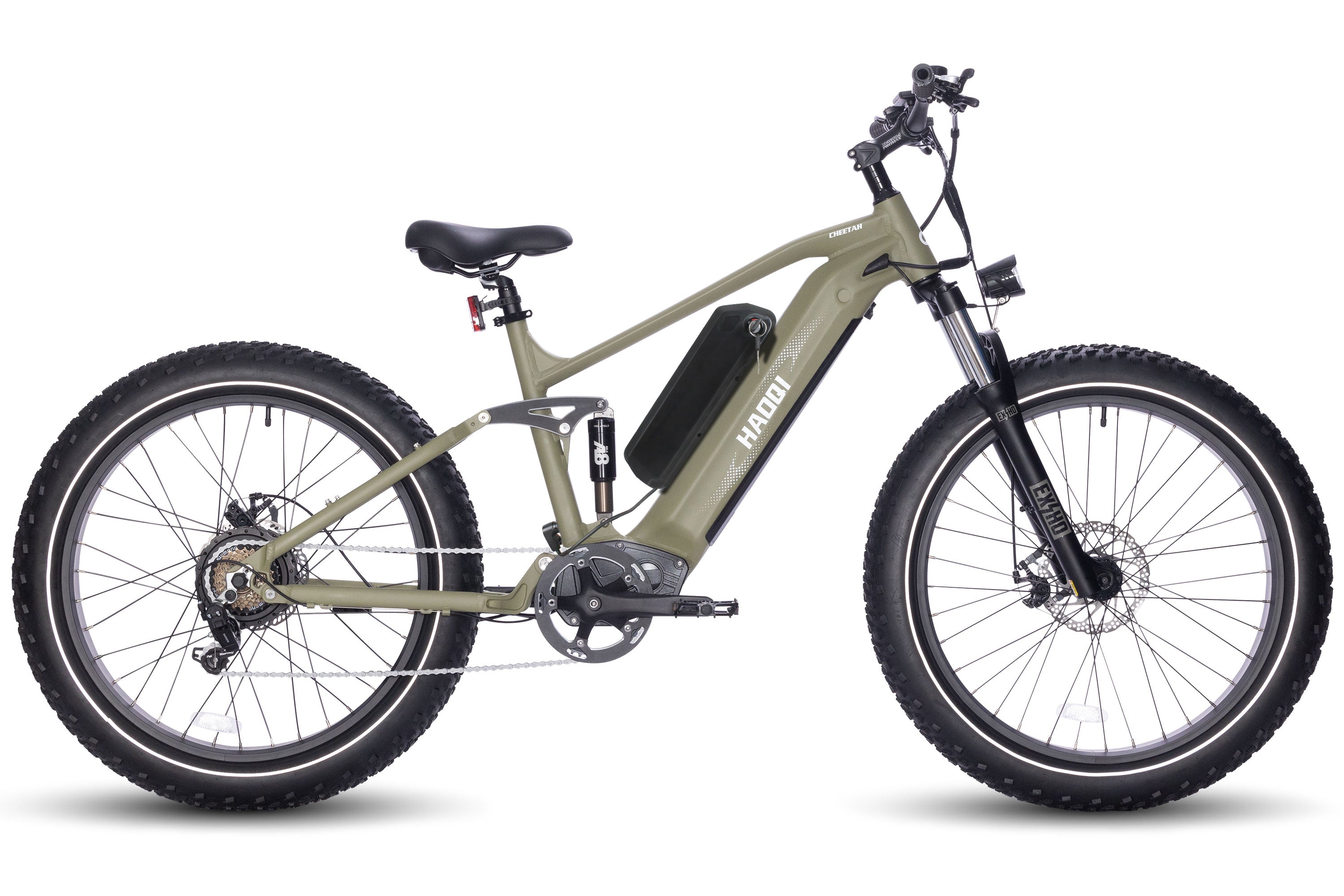
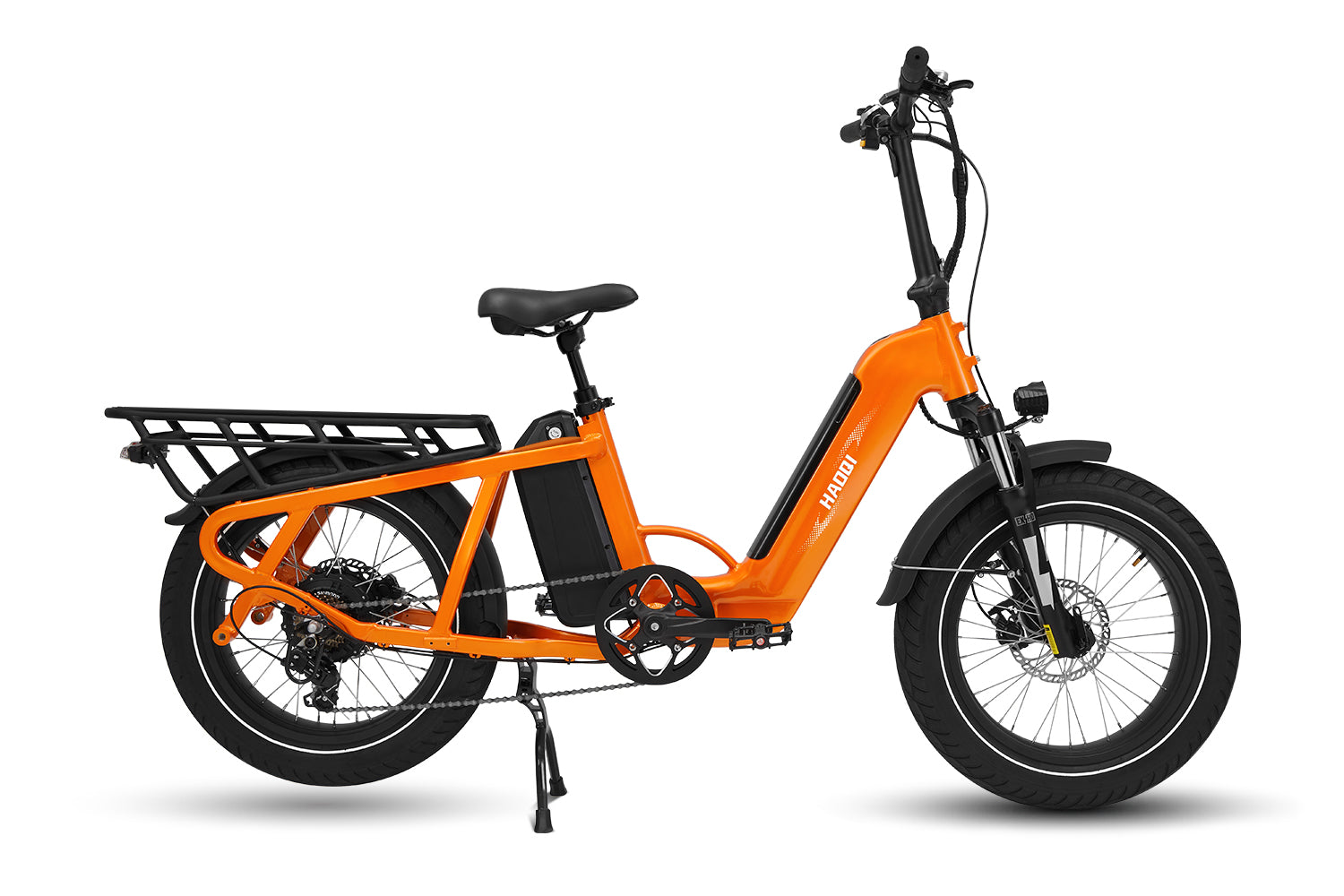
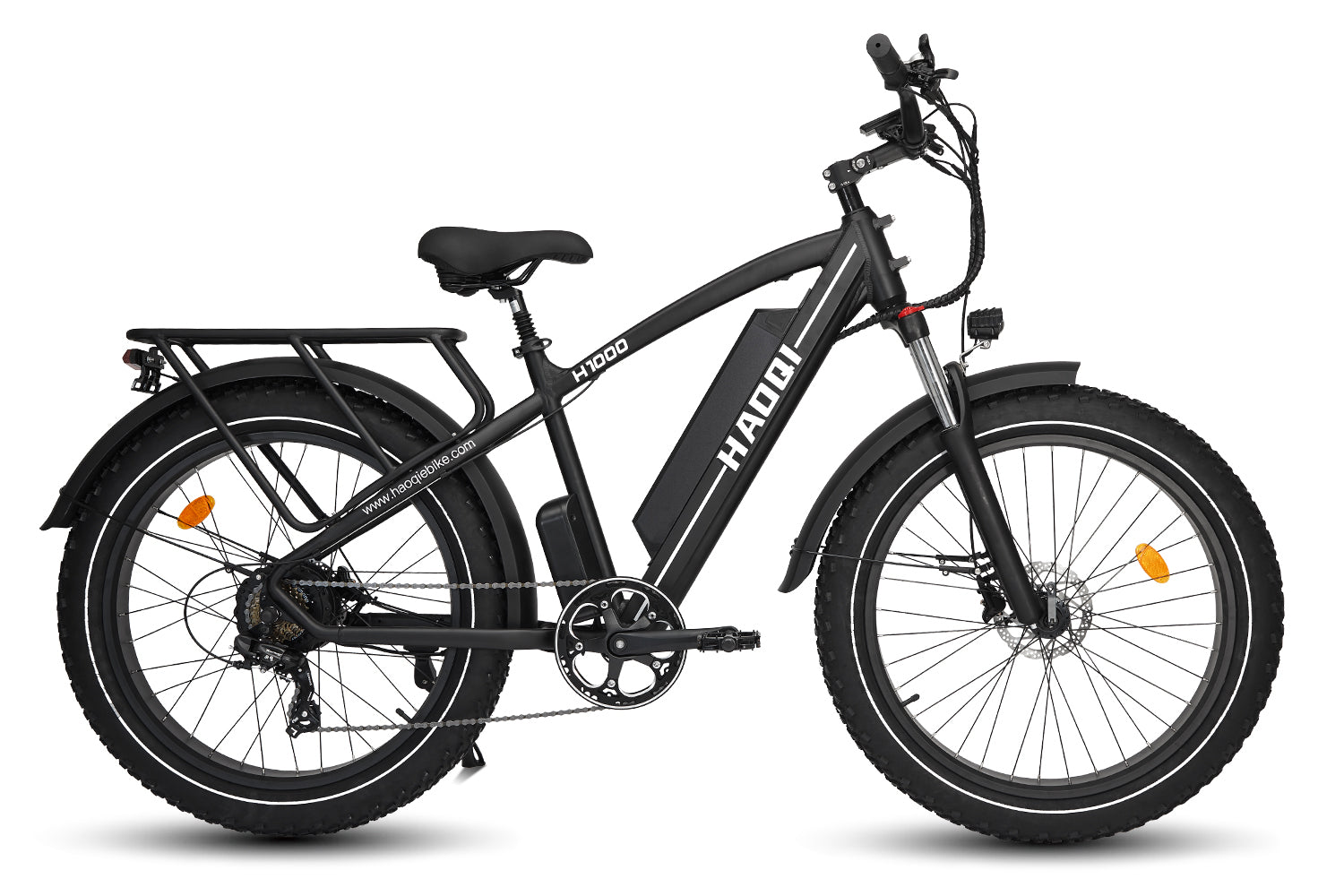
![HAOQI Antelope 500W Cargo Electric Bike (UL Certified) [electric bike] [HAOQI ebike]](http://haoqiebike.com/cdn/shop/products/haoqi-antelope-cargo-electric-bike-with-dual-battery-haoqiebike-com-1.jpg?v=1753954498&width=1500)
![HAOQI Squirrel Folding Electric Bike (UL Certified) [electric bike] [HAOQI ebike]](http://haoqiebike.com/cdn/shop/files/1_03c67b67-715e-4617-a648-51f108ceb425.jpg?v=1766473332&width=1500)
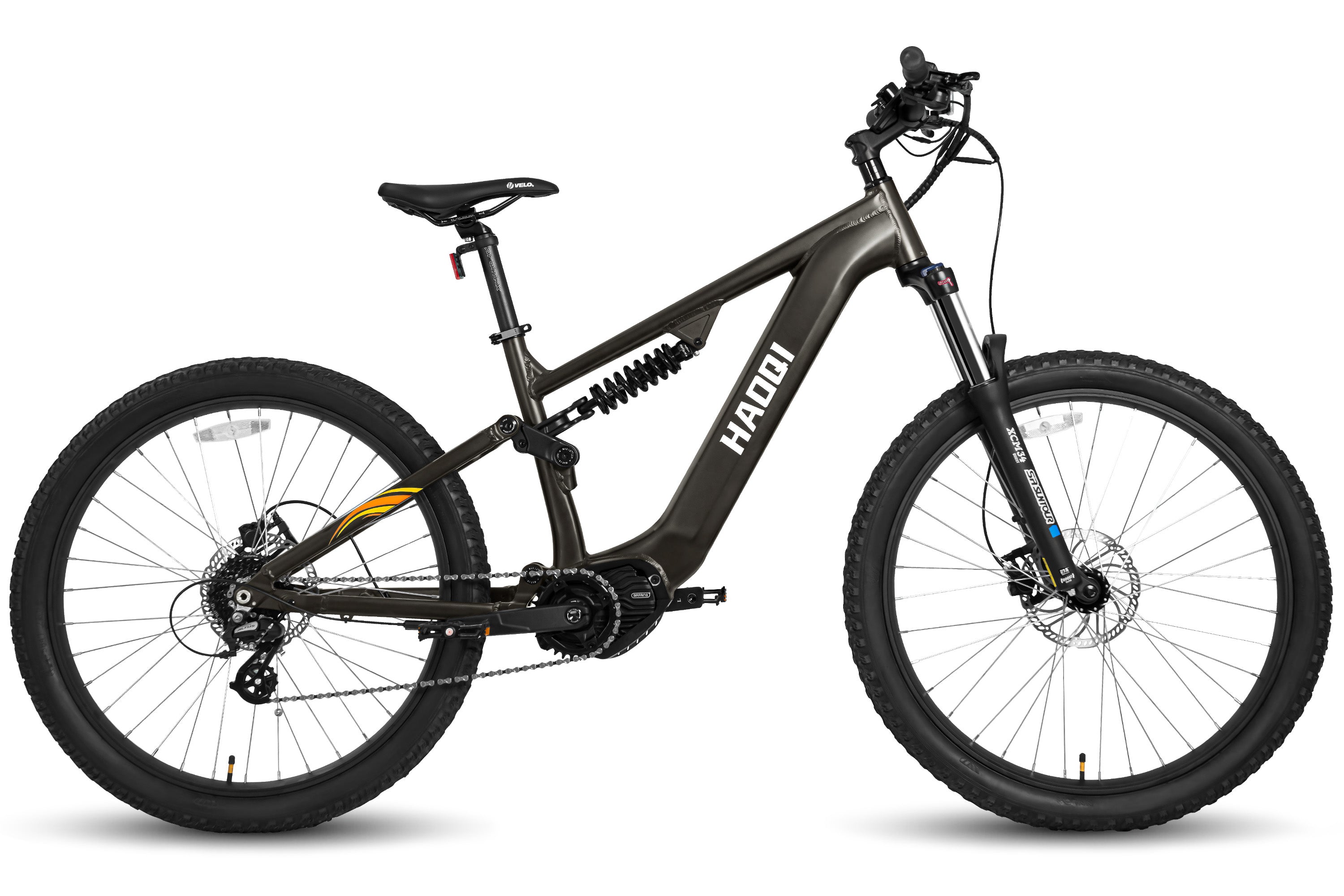
![HAOQI Eagle Long Range Electric Bicycle (UL Certified) [electric bike] [HAOQI ebike]](http://haoqiebike.com/cdn/shop/files/2_bf7ae46b-aad6-472a-9c14-d56ca3f0feb6.jpg?v=1755142722&width=1500)
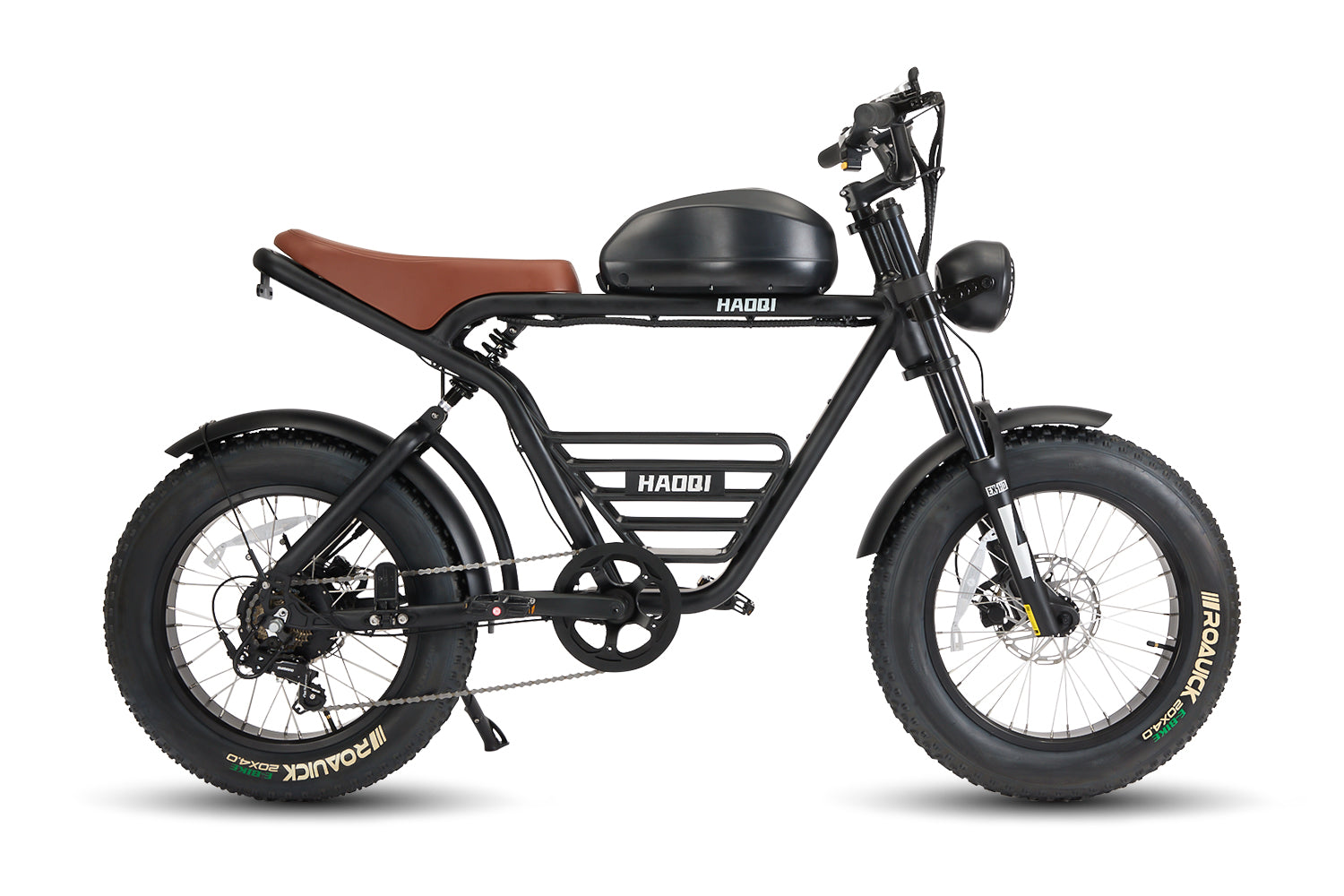
![HAOQI Antelope Pro 750W Cargo Electric Bike (UL Certified) [electric bike] [HAOQI ebike]](http://haoqiebike.com/cdn/shop/products/haoqi-antelope-pro-cargo-electric-bike-with-dual-battery-750w-haoqiebike-com-1.jpg?v=1751610204&width=1500)
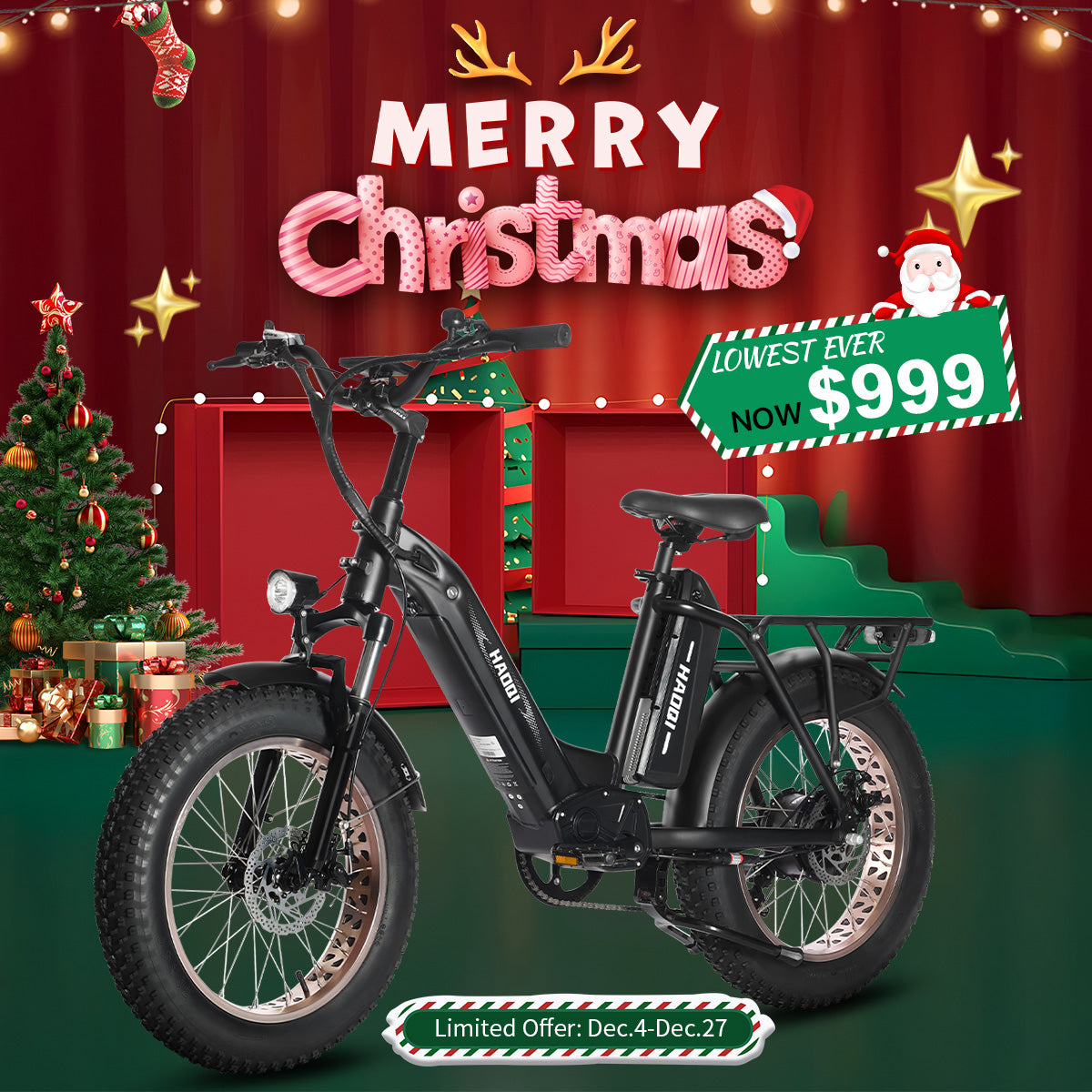

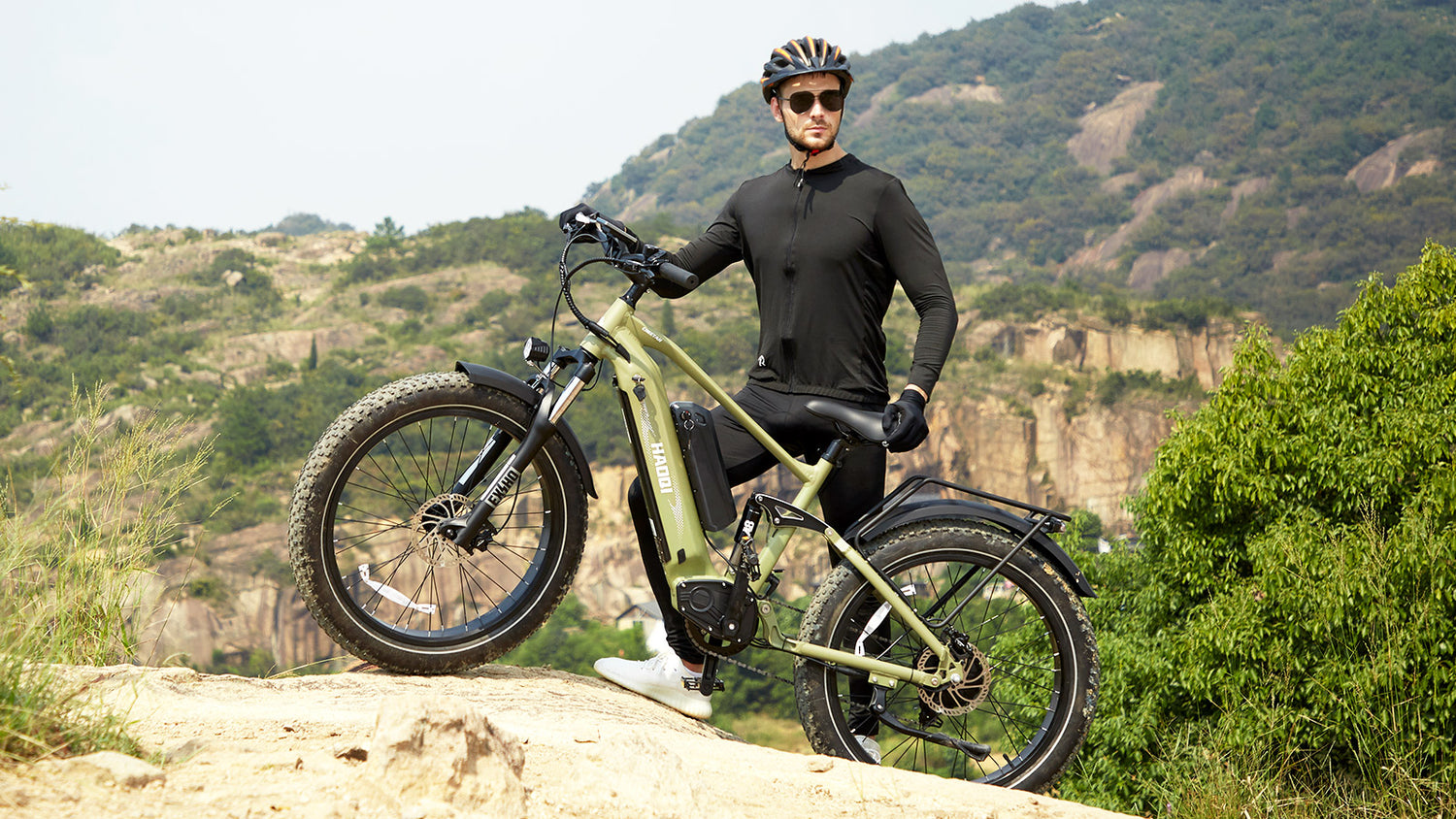
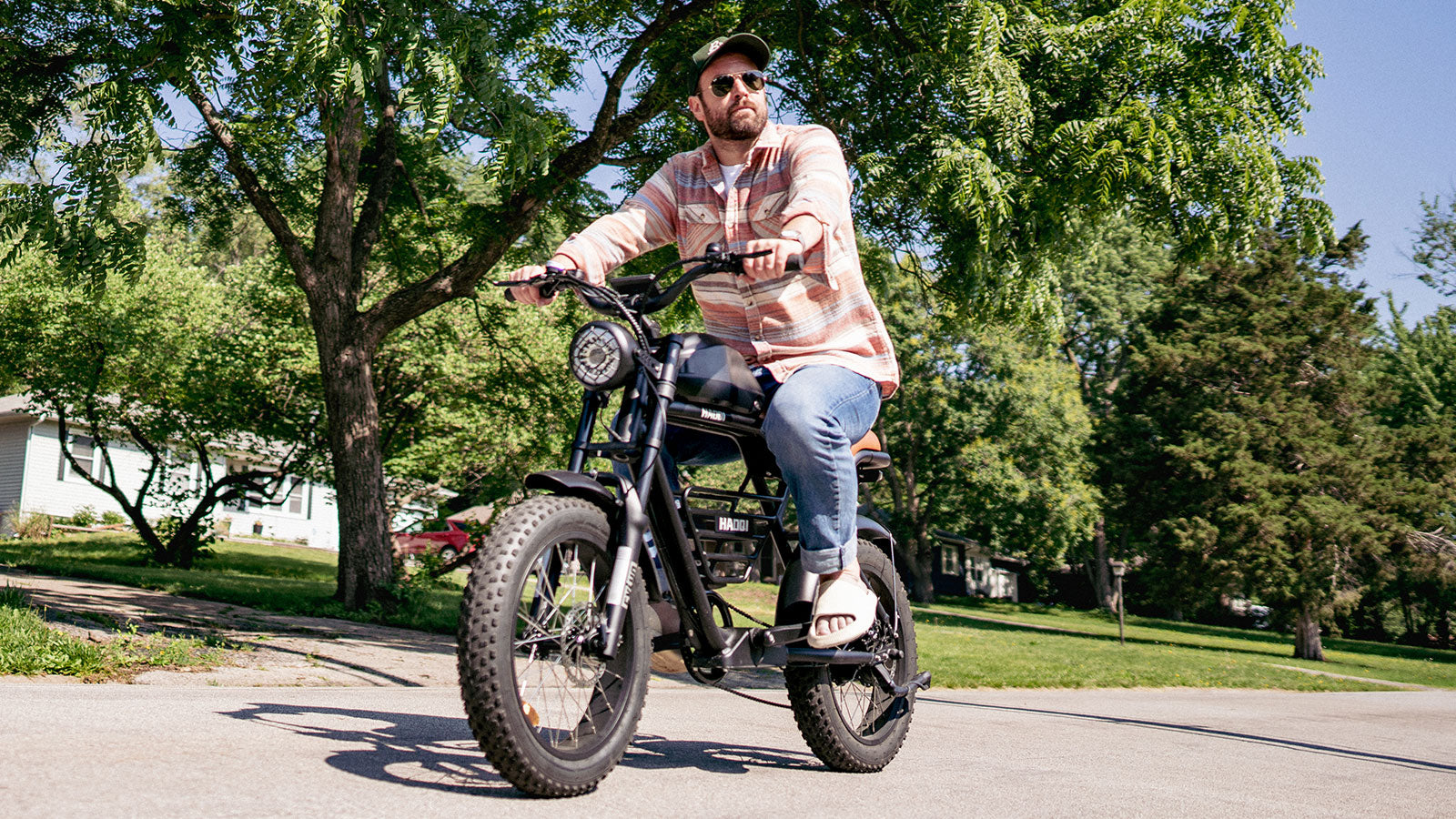
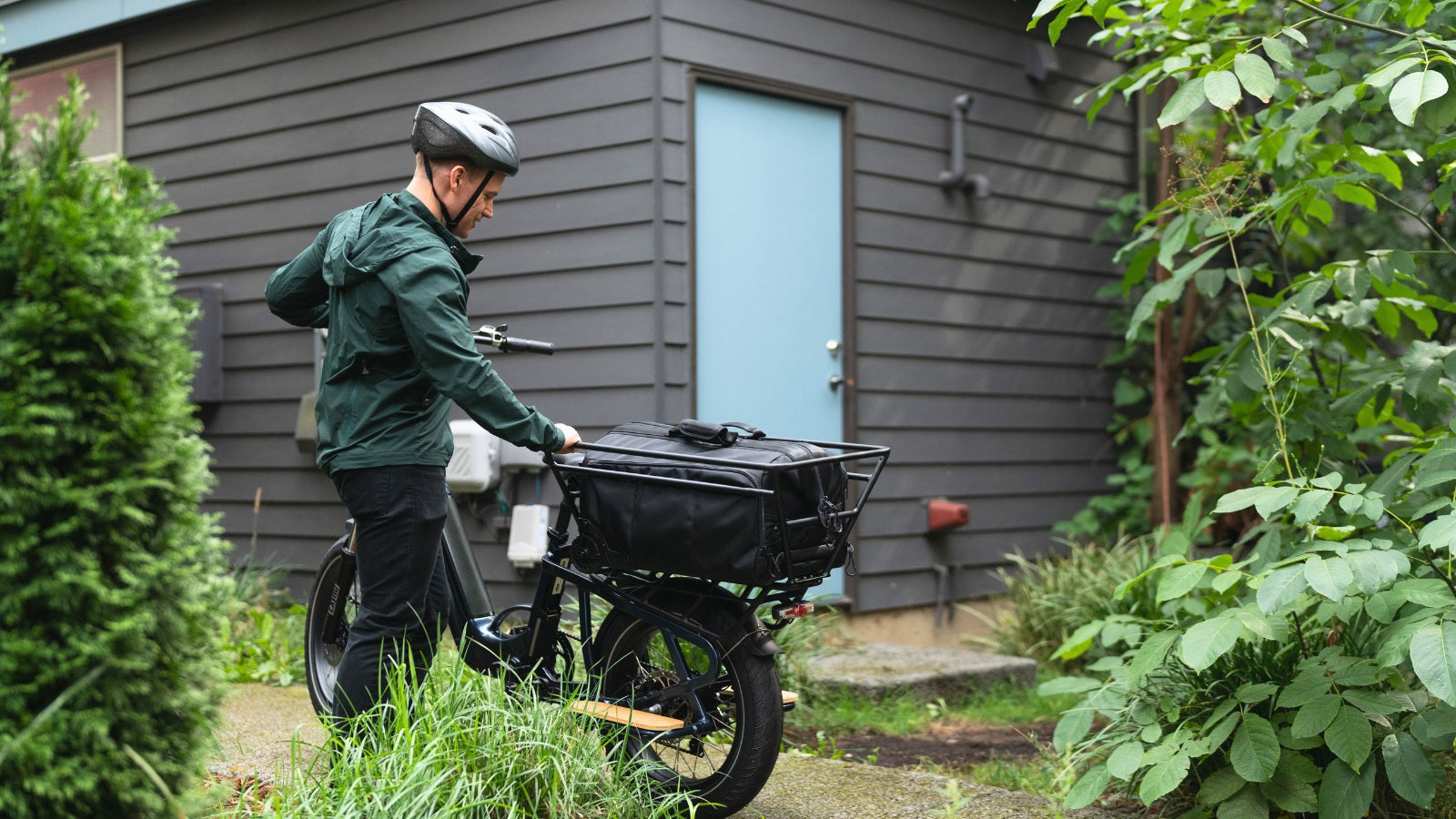




Leave a comment
All comments are moderated before being published.
This site is protected by hCaptcha and the hCaptcha Privacy Policy and Terms of Service apply.